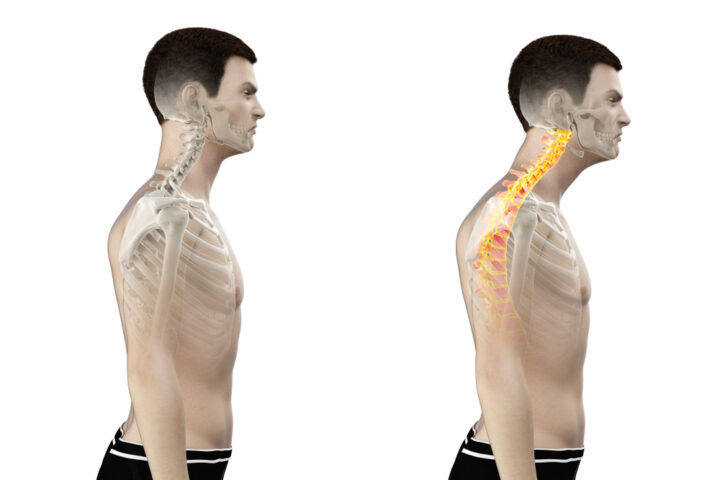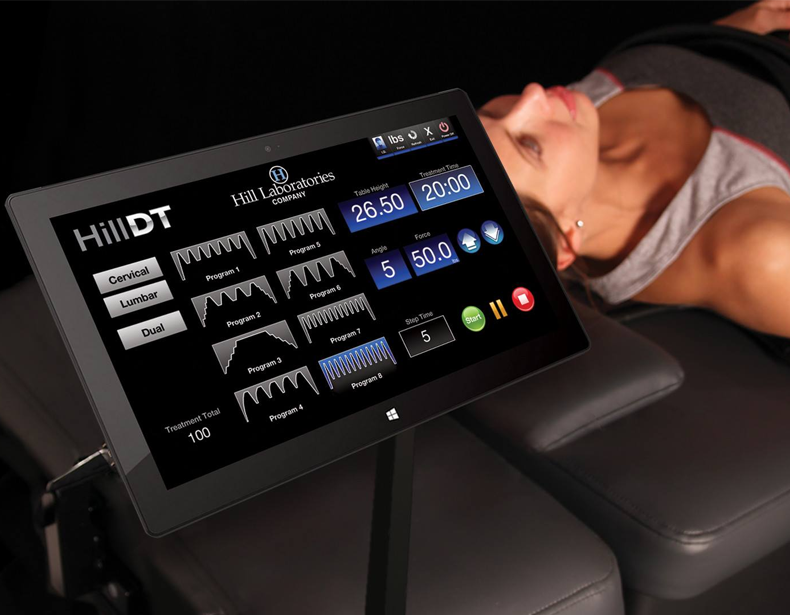If you need surgery on your back, robotic spinal surgery is the way to go.
ARE ROBOTS REPLACING OUR SURGEONS
The technology is a far way from replacing a surgeon however robots are excellent at assisting during the procedure. The surgeon still has to do the physical work whilst the robot guides the surgeon in making sure it is done acurately. Particularly in the most difficult procedures such as placement of screws or where to cut away bone. This is a huge benefit as it shortens the amount of time taken to complete the surgery, reduces the risk of complications and significantly shortens recovery time.
Any surgery is risky when you take into account the need for an anaesthetic; the risk of infection; the radiation through x-rays; and the fact that human error must play a part in anything humans do. If you are going to need surgery, you might as well have these risks minimised and robotic guidance is one way to do this.
WHAT ARE THE RISKS
Spinal surgery is one of the most risky of surgeries as it not only involves the bones but also nerves and care of the spinal cord. The precise involvement of robotic guidance eliminates some of this risk. Before robots were introduced the surgeon would have to take multiple x-rays to ensure that screws were placed precisely where required. When using robotic guidance the operation is pre planned off one scan and there is less need for repeated images. This significantly reduces the time to complete.
Reducing the time in surgery also reduces the amount of anaesthetic required. A shorter operation means the body is put under less stress and this equates to a significantly shorter recovery time.
IN SUMMARY
If you must have surgery on your back, robotic surgery is the way to go. It is recommended however that you try all other less invasive non surgical treatments to resolve your back pain before committing to any surgery.
What is Non Surgical Spinal Decompression
Australian Surgeon Observes Robotic Spine Surgeries in US








